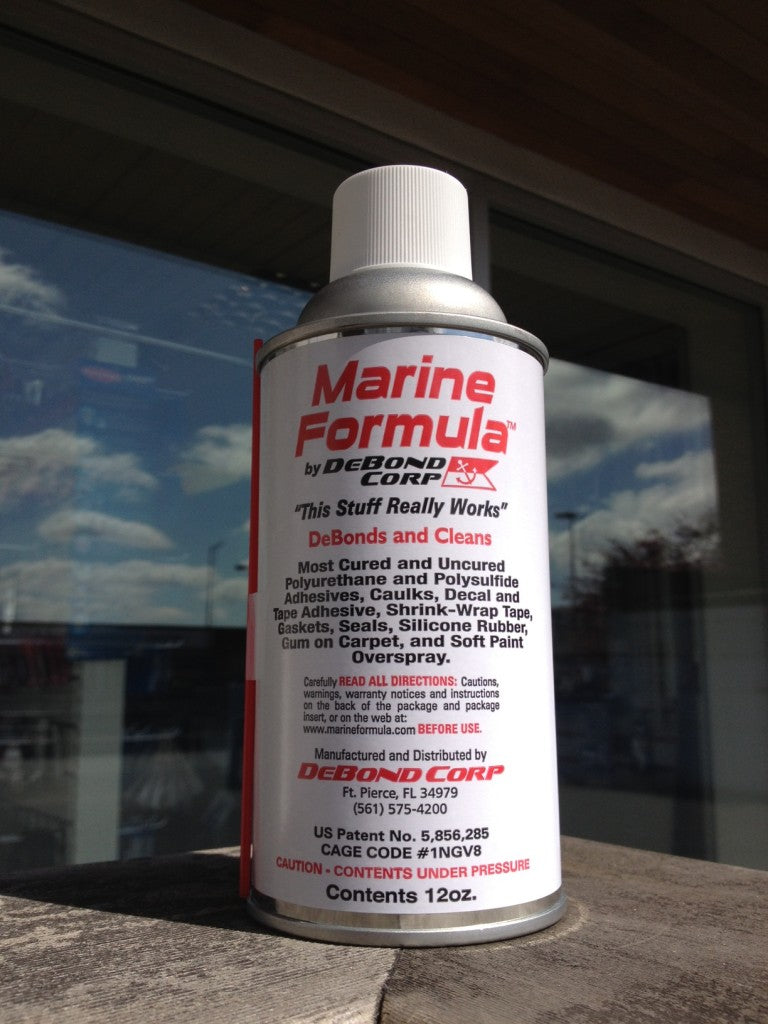Hi all,
First time on the forum and I'm looking for a little information if anyone has any input. I'm working on separating the hull and deck on my daysailer. Pretty sure it's a MFG Whistler, but hard to tell as it was "rescued" from the junkyard. Water ends up in between the two when I go out for a few hours and it usually drains a couple gallons afterwards.
I'd like to separate the two and do any repair to the hull that it needs. The rub rail and rivets were drilled out and I have most of it separated around the outside. I can separate the two about an inch, but I still get a lot of resistance from the inside. What's the best way to get them apart? Probably a stretch to ask, but is anyone familiar with this the inside of this that could shed a little light?
Thanks.
First time on the forum and I'm looking for a little information if anyone has any input. I'm working on separating the hull and deck on my daysailer. Pretty sure it's a MFG Whistler, but hard to tell as it was "rescued" from the junkyard. Water ends up in between the two when I go out for a few hours and it usually drains a couple gallons afterwards.
I'd like to separate the two and do any repair to the hull that it needs. The rub rail and rivets were drilled out and I have most of it separated around the outside. I can separate the two about an inch, but I still get a lot of resistance from the inside. What's the best way to get them apart? Probably a stretch to ask, but is anyone familiar with this the inside of this that could shed a little light?
Thanks.

